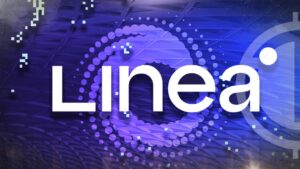
The leading decentralized blockchain platform Ethereum announced the latest updates on the blockchain’s rollup scaling upgrade, Danksharding, the novel sharding design intended to turn Ethereum into a “truly scalable blockchain”. The platform asserted that Proto- Danksharding is a transitional state to get along the path of Danksharding, adding that both Danksharding and Proto-Danksharding are focused on cheaper and faster transactions on Layer 2.
Subsequent to the post, the Researcher at Ethereum Foundation, Ansgar Dietrichs, shared a Twitter thread stating that the blockchain’s Danksharding is intended “precisely to enable organic sharding”, stating:
I am not sure I understand that point. With the move to the rollup-centric roadmap 3 years ago, Ethereum no longer has execution sharding on its roadmap. Instead “Danksharding” will just increase the 4844-style short-lived data throughout. Precisely to enable “organic sharding”!
As Dietrich has pointed out, with the development of the Layer 2 rollups in 2020, the Ethereum community began showing a preference for rollup-centric scaling over scaling by sharding, primarily to increase the transaction speed and to reduce network congestion on Ethereum Mainnet.
Currently, the blockchain highlighted that “Danksharding is the full realization of the roll-up scaling that began with Proto-Danksharding”, adding:
Danksharding will bring massive amounts of space on Ethereum for rollups to dump their compressed transaction data. This means Ethereum will be able to support hundreds of individual rollups with ease and make millions of transactions per second a reality.
Notably, the platform asserted that though the journey to Danksharding started long before, the destination isn’t yet reached; it is “several years away”. The blockchain also provided a detailed sketch of the various procedures that needed to be completed to reach the goal finally.













